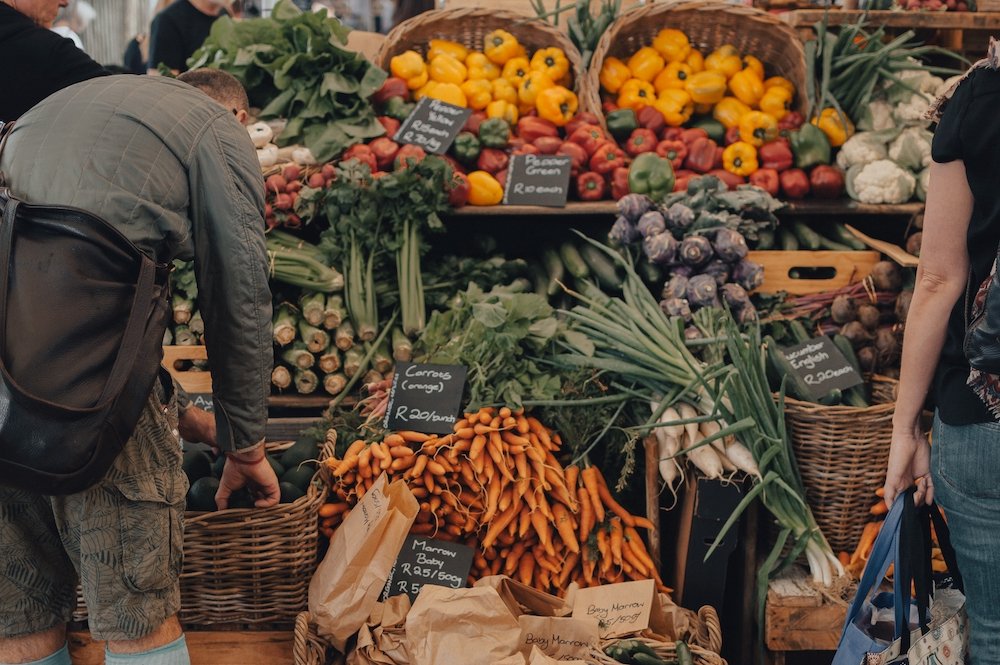From Sugar Peas to Squash
From Sugar Peas to Squash: A Guide to Planting Your Garden for Year-Round Harvest
BY DAVID OTTERSTROMSpring is here! This is an exciting time in the garden. It is fun to visualize the future garden season and all of the delicious produce you can grow. Spring garden salads, summer corn on the cob and baked autumn squash piping hot from the oven drizzled in honey and butter are a few things I love.
Gardeners in the Inland Northwest often wonder when to start outside planting in spring. Some say to wait until you see Mount Spokane without snow. Some say to wait until Mica Mountain overlooking Liberty Lake is snow free. The last frost date in Spokane averages around mid-May, depending on where you live. There is always going to be a risk of when you plant since the weather can be unpredictable, but there are still a few helpful guidelines to follow.
Follow the directions on your seed packets for when to start indoors and outdoors for your hardiness zone. The Inland Northwest is mostly in zones 4 through 7 with Spokane in zones 6a and 6b.
Moisture in the soil is crucial for germinating seeds you plant, which is usually no problem here in the spring. But make sure to wait until the ground isn’t muddy to plant. If you have puddles of mud where you are planting the seeds they will likely rot.
Cool-weather vegetables can handle a few light frosts and their seeds can germinate in soil as low as 40 degrees Fahrenheit. These plants include sugar peas, radishes, onions, kohlrabi, turnips, carrots, cabbage, broccoli, and so much more. I plant my sugar pea seeds in succession in March and April and have always had great success with them. By May and June, I have lots of sugar peas to harvest. In mid-April, I plant seeds like radishes and Japanese turnips. These vegetables grow great locally and you can harvest them as soon as mid-May and June. I love to grow large cabbage and broccoli that produce giant heads and continue to produce until fall. I take the risk to transplant the starters into the garden by mid-April. They need that time to grow in the cool weather. Too many people in Spokane wait to plant their cabbage, broccoli and other brassicas outside at the same time as their hot weather plants. By this time the heat stunts broccoli and they bolt and quickly flower. Late planting of cabbage makes them only produce a small head or none at all.
With some cool weather plants you can grow a second crop in the summer to harvest in fall. These include turnips, cilantro, lettuce and radishes. Your perennial plants in the garden are also cool hardy since they grow back year after year, such as asparagus, rhubarb, walking onions, chives, horseradish, sunchokes, berries, fruit trees and more.
Warm weather plants cannot survive frost and can only grow outside in the open after the last frost date. These include tomatoes, basil, squash, beans, corn, okra, peppers, eggplants, pumpkins, melons, tomatillos, cucumbers and more. Plant your pepper seeds inside in March and tomato seeds inside in April.
Plant your melons inside in mid-April. Transplant them outside in mid-May and June.
No worries if you wait too late to start them by seed. Many local nurseries sell starters you can transplant to the garden. I have made the mistake of transplanting eggplant, tomatoes and other hot-weather vegetables outside too early. Even if it is past the last frost date the weather might still be too cool. They either die or spend so much energy trying to survive the cool weather that they do not produce well. I prefer to wait until the soil stays consistently above 60 degrees. Prioritize the hottest and sunniest parts of your garden for these plants.
Gardening is full of trial and error, but that is part of the fun. I hope you have a great garden season!












